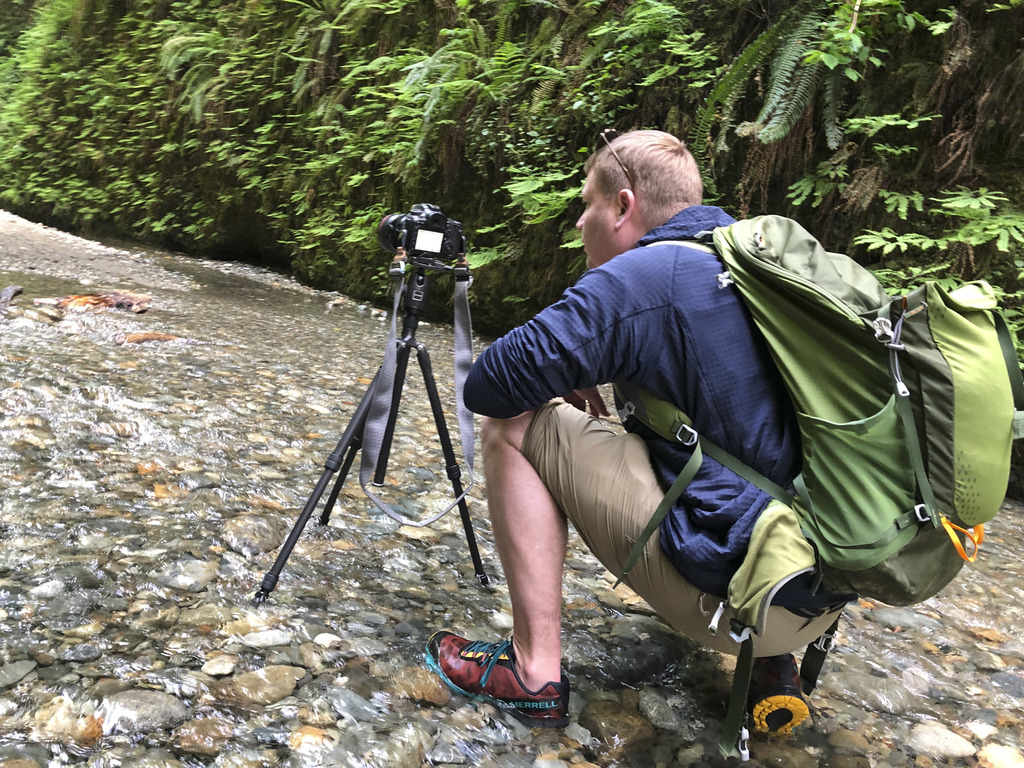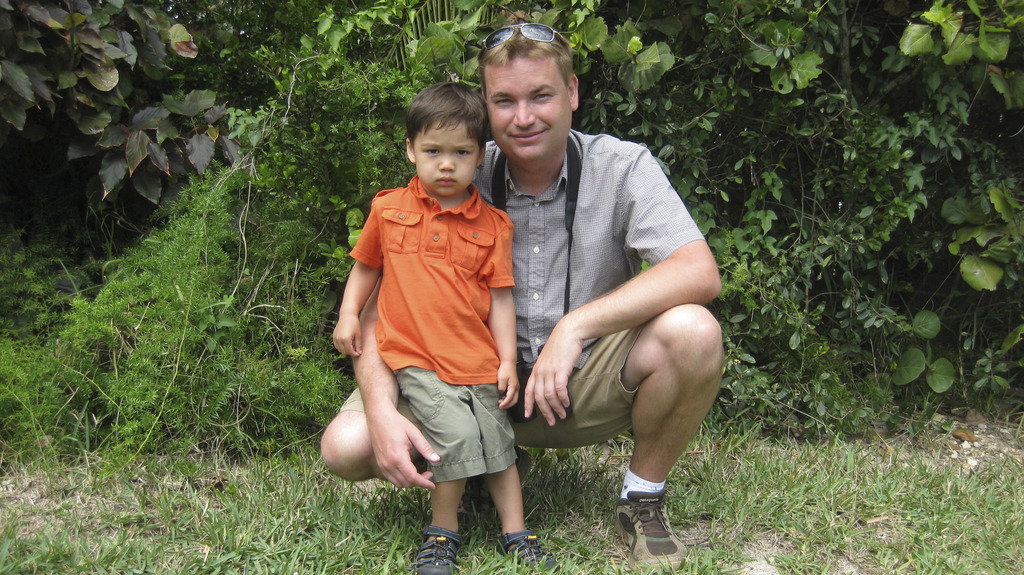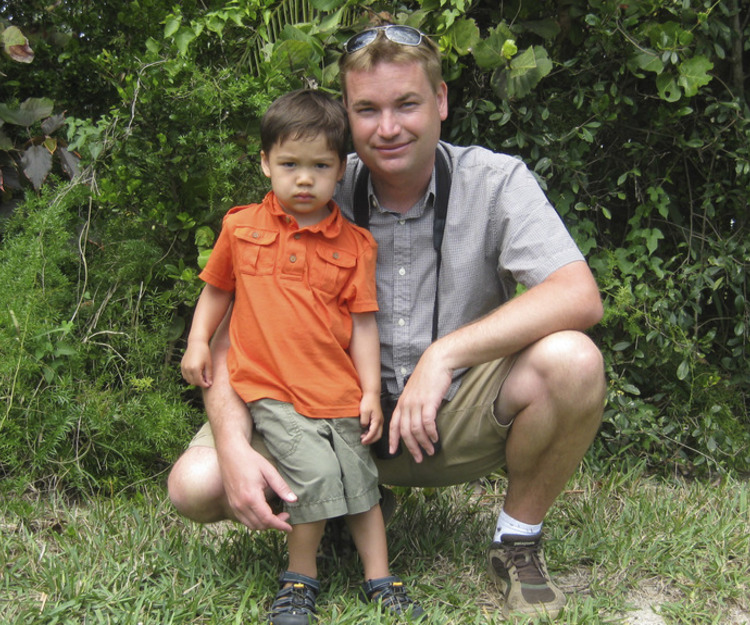What Inspired Me to Start Traveling
Right before I began my travelogue, I was living in a beach town in Los Angeles. My friends were in the financial and legal worlds, and would go out to expensive sushi restaurants on the weekends. I was saving money, and felt trapped by the endless city. One day, I just started driving into the Southern California desert, getting myself purposely lost, and just meeting people who lived completely different lives than I did, even though I was only two hours away from home.

I discovered that there was a world of weird cacti, strange towns, big open skies and friendly people out there, and that I could have these big weekends in the open sun without spending half as much as my friends at the sushi restaurant.
I still feel the same awe about travel, and I still consider any time I set foot outside without an agenda to be the equivalent of any travel.

Travel to me is the blank surface of my life, and all of my hobbies are derived from this surface. Everything I do, even when at home and not traveling, relates back to the road. So, for me, travel is a hobby collector---it is where I play out and house all my muses and hobbies.
How Often I Travel And Activities I Enjoy Doing
I try to travel about 18 times a year. This includes long weekend road trips and week-long flight trips. On top of that, I am day-tripping every week. During the pandemic and my injury recovery, this level of travel waned, but out of the exasperation of being constricted, it’s looking like next year will be my most aggressive year of travel to date.
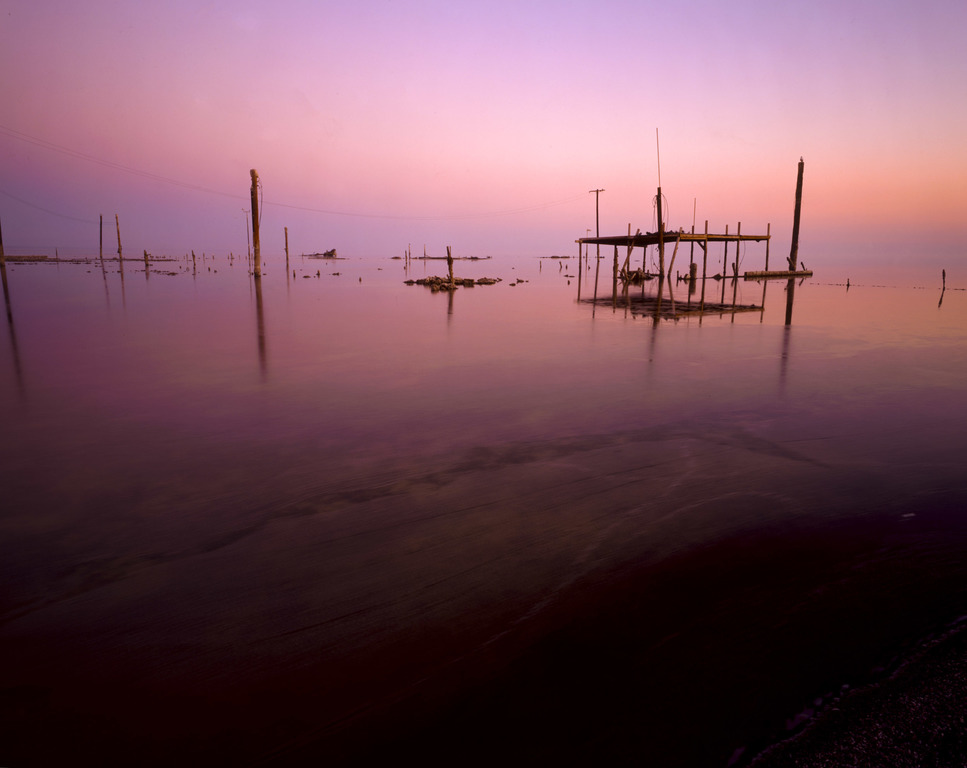
I keep a deconstructed schedule when I travel. I don’t really plan anything, and I keep itineraries simple, so that the improvisation of traveling that day reigns over a stifling schedule. When I travel, I like to meet people, sketch and photograph. I also spend a lot of time birding when I travel. All of these things are best done with an open schedule. If I am wandering without a schedule, I am able to meet strangers, birdwatch, sketch and photograph all essentially at the same time.

How I Choose Where To Travel Next
I don’t travel to locations so much as I travel to regions. I don’t travel to go to a specific place, but to go to a place that has ecozones or populated zones that I am interested in. I have been keeping a list of regions I want to explore for the past 24 years.
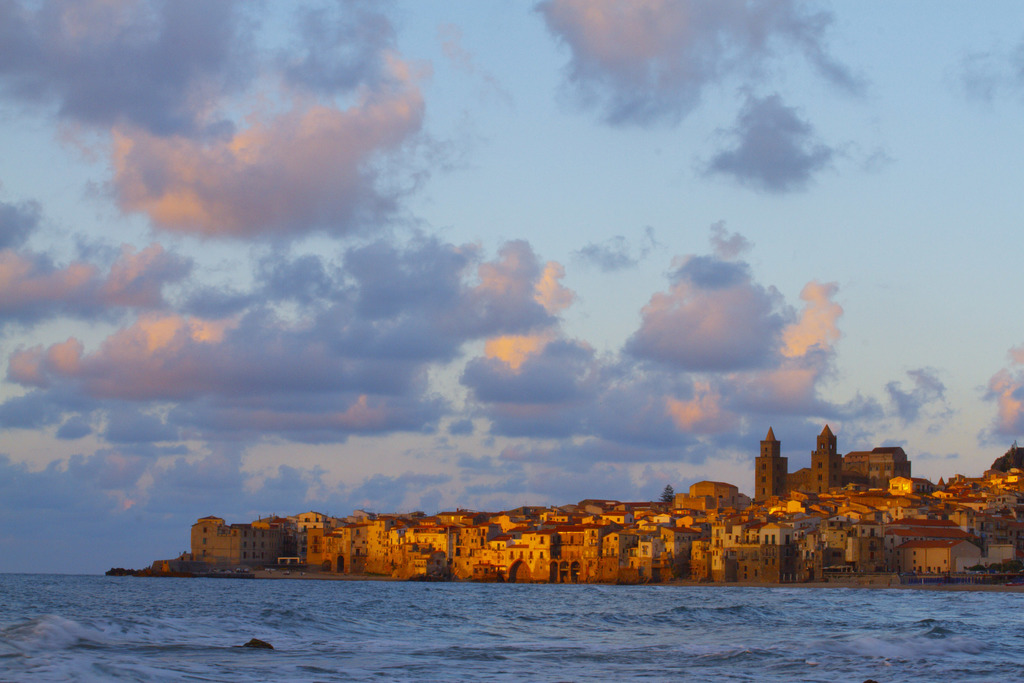
One very good way to decide where to go next is to become a birder. Birds are on every surface of the earth, including the oceans, and they are different everywhere you go. Someone may have visited a hundred countries and not really experienced much of the world. But if you say, “I want to see new birds I have never seen before”, then you are forcing yourself constantly into new geographies, new ecozones, new habitats. A birding traveler (or travelers with similar pursuits) is going to meet more people, eat more exciting food, wander through more cities, and experience more adventures, than the fellow who is out to check off his bucket list and count a new country.
How I Pack For My Trips
Keen packing is maybe the most important aspect of successful travel. Always, as a trip draws to its conclusion, I make notes in the back of my Moleskine journal about some aspect of how I packed that created a problem, and then I try to fix that when I return. Everybody packs differently and has different priorities, so the best way to pack better is through your own trial and error.
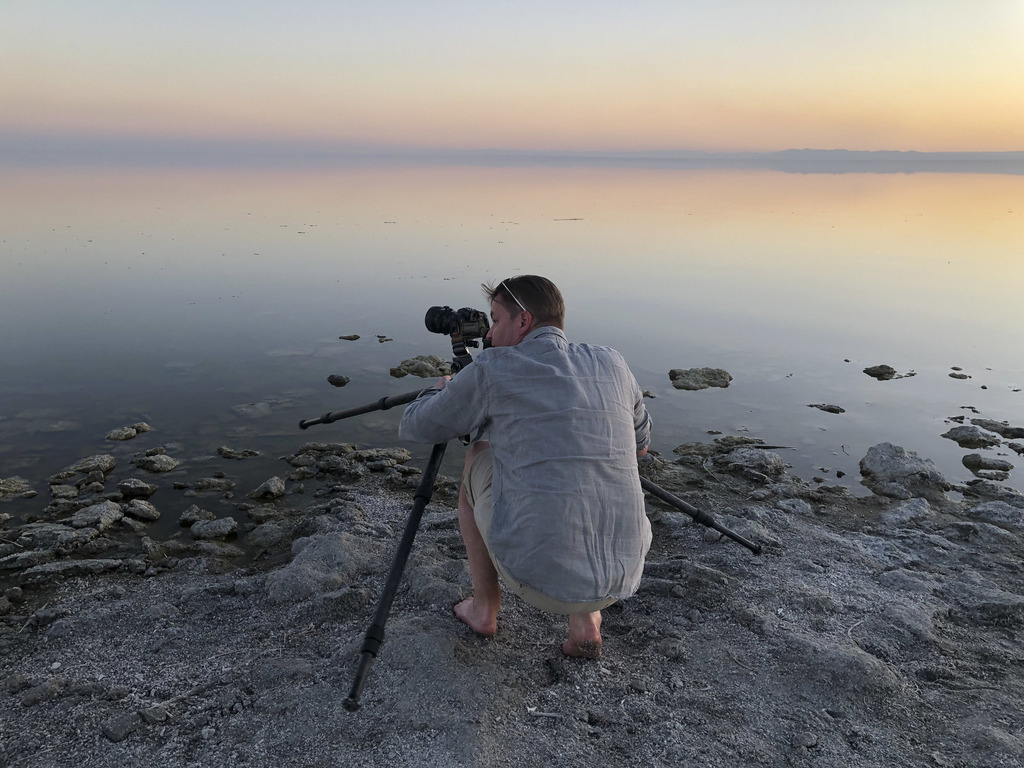
For me, I try to pack with the sensibilities of a backpacker. That means that nothing is extraneous and everything is multifunctional. I carry a large set of camera gear, and so it’s essential that my other gear is light enough to keep my total pack weight down.
I keep a spreadsheet that logs the weight of every item I might travel with. This way, I can ‘pack’ first on a spreadsheet, get a precise measure of the total weight of my packs, and make decisions from there.
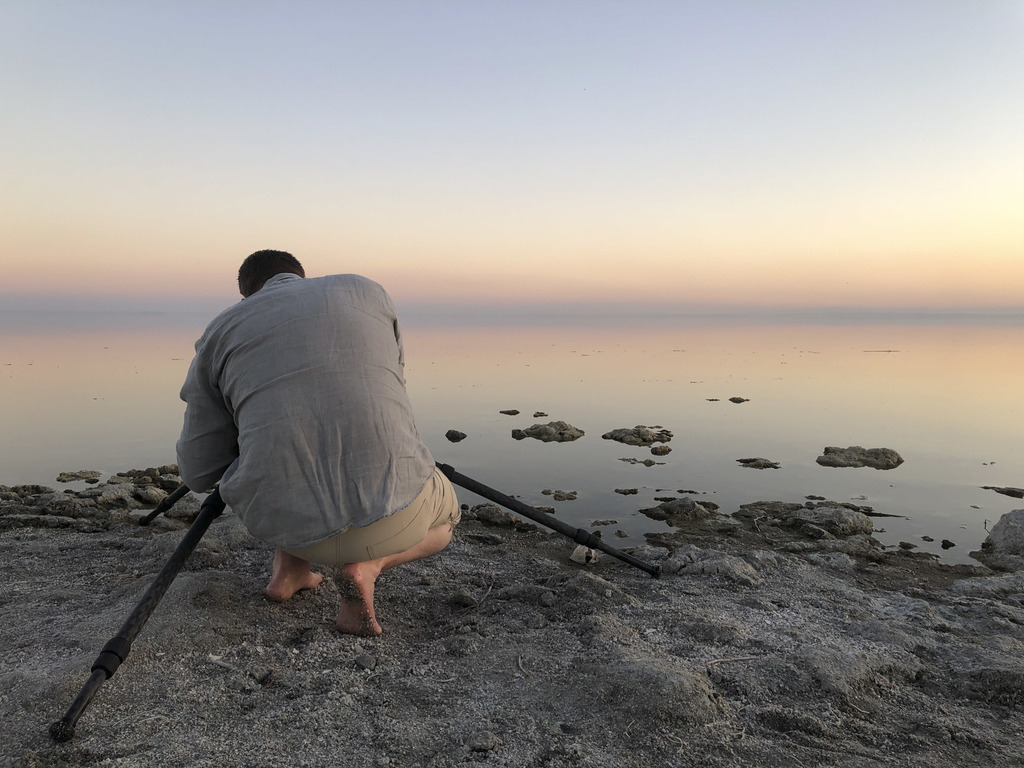
So, let me describe how my packing system works. I usually carry a 35 liter daypack, which serves as a lightweight camera bag, and a rolling carry-on. The camera bag contains everything I would need to function if for any reason I would lose the carry-on. Then, the pack carries a small, second set of basic toiletries, and an ultralight pair of sandals or water-shoes, a hat, a basic change of clothing and a packable midweight jacket. In transit, it also carries all camera gear except for the tripod. Every piece of camera gear is housed individually in an ultralight
dry-bag. Lastly, the camera daypack carries my sketching system, which is usually a Moleskine notebook, 4 liner pens attached to the Moleskine via an elastic pen holder, a waterproof watercolor container and 3-4 waterpens, which are an essential alternative to paintbrushes while traveling.
The carry-on then houses 2-3 additional changes of clothing, my tripod, a pair of binoculars housed in an ultralight dry-bag, and a second pair of shoes. I usually travel wearing my heaviest shoes or hiking boots, to reduce space in the carry-on.
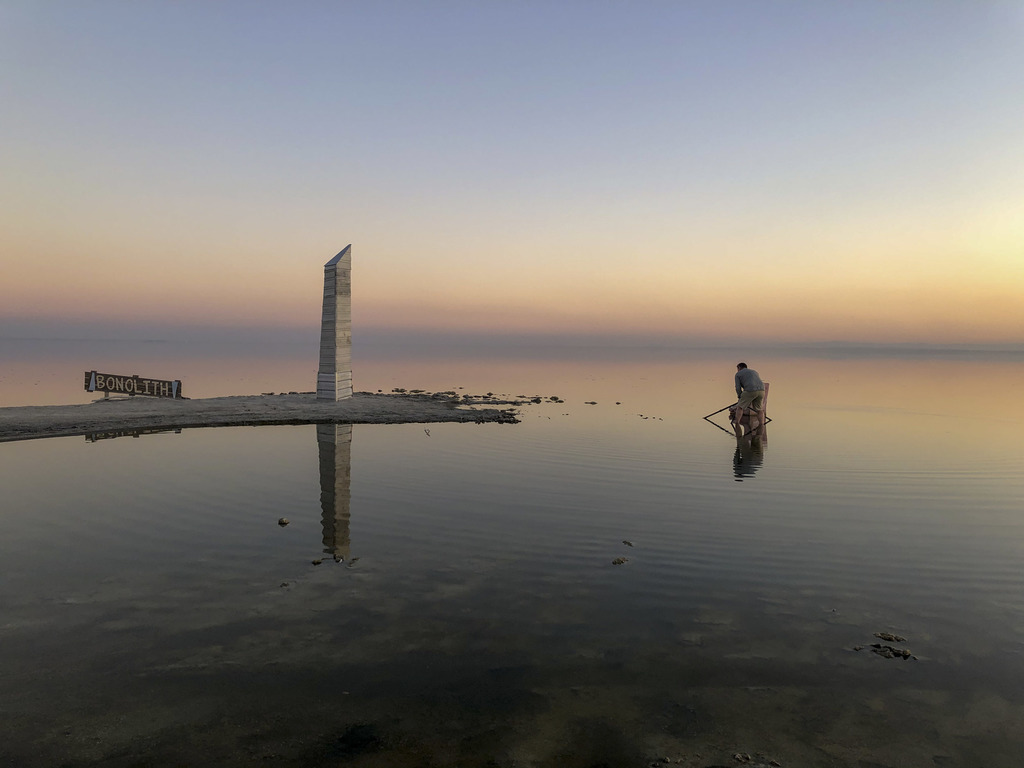
The other key to packing is to lay everything out well in advance of your next trip. Pack and repack, asking yourself repeatedly, ‘do I really need this fourth pair of socks?’
I am testing a new pack system that includes an alternative to the carry-on. I have been more interested in photographing and sketching from the water, and also committing to a more sturdy tripod setup.
This demands that I forgo a carry-on for a piece of checked luggage. I am also starting to travel with an ultralight packraft, life jacket and ultralight paddle, which folds down into four pieces.
The point of travel packing is that it’s dynamic, and always changing. While there are aspects of my packing system that stay consistent over the years, the changes reflect your changing interests as a traveler, and that’s where the fun in the challenge is.
What I Love About Meeting New People Abroad
Meeting strangers, learning about their worldview and sometimes making life-long friends is really at the heart of travel. There is this idea that is popularized by many travel bloggers and influencers that our traveler’s gift is that we can disappear into another culture and become one with it. I believe this to largely be a false sentiment, and for me anyway, communicating with strangers doesn’t necessarily come naturally. I am an introvert, and I can communicate almost exclusively in English.
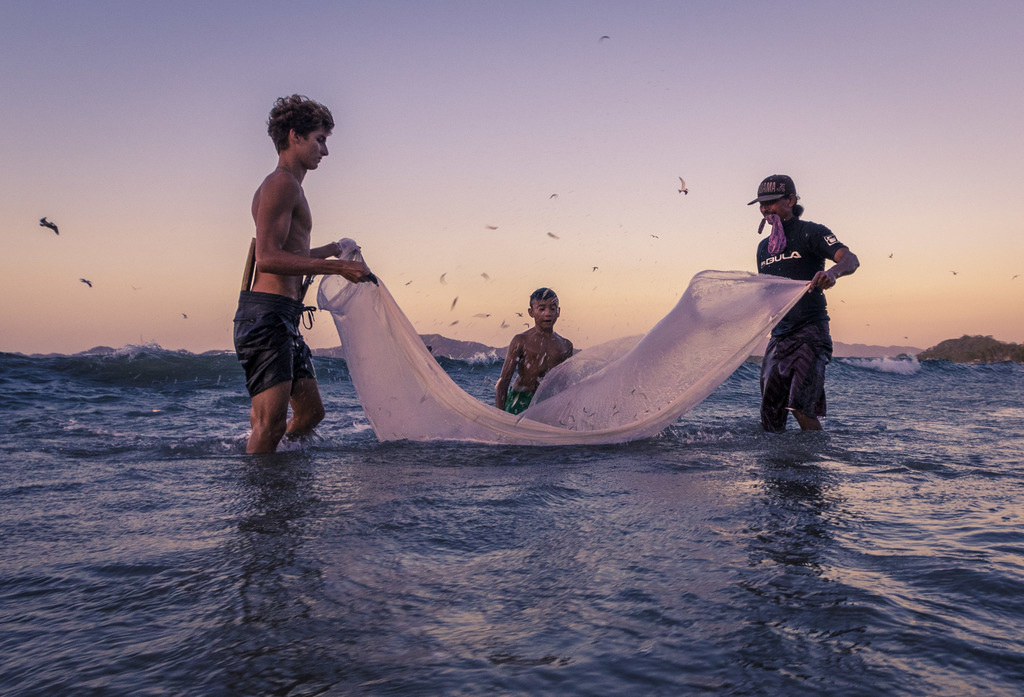
But, our communication limitations should not be seen as a weakness. When I am sketching a building or a street scene, it naturally attracts attention, because people of all cultures are curious about people making art in public. Sometimes, I even draw a crowd when my tripod is extended. This is where the language barriers and introversion don’t matter. They come to you, and you figure out a way to communicate. Once, my travel partner and I were lost in Baja. We found a farmer, couldn’t communicate a lick of common words, but we drew maps in the soil.
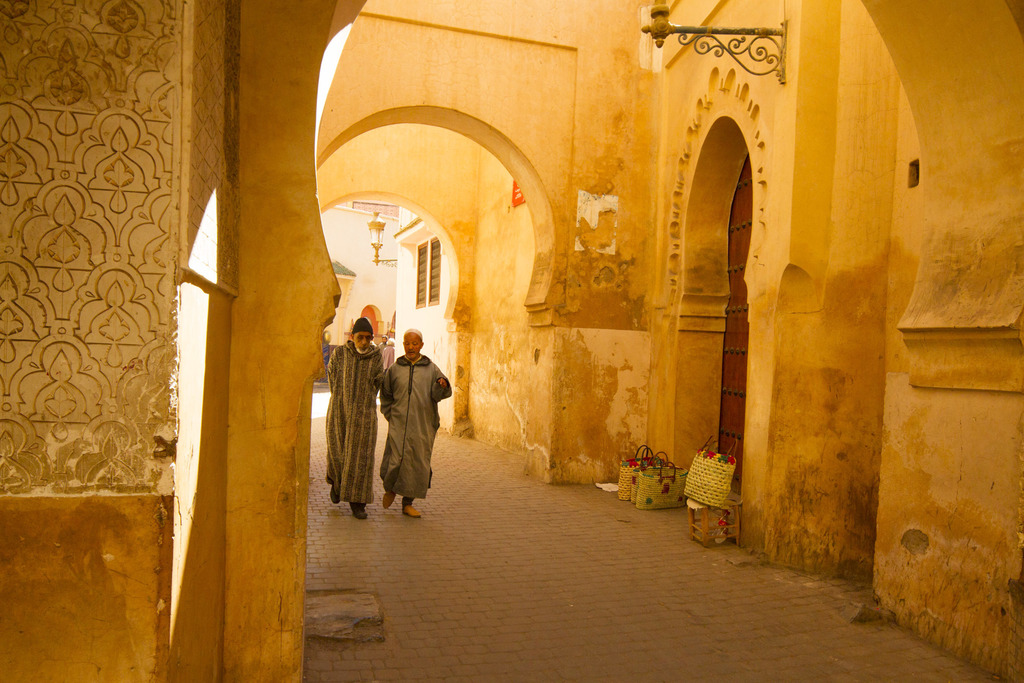
Also, Notes from the Road relies heavily on interviews with experts in different subjects related to my travels. Finding these interview subjects almost always starts by meeting someone locally, getting their contact information, and then working my way up through those contacts until I have the person I need to speak with. This often becomes a way for me to maintain friendships over time. My requests for contacts and interviews keeps me connected with the people I meet well after I’ve left that region.
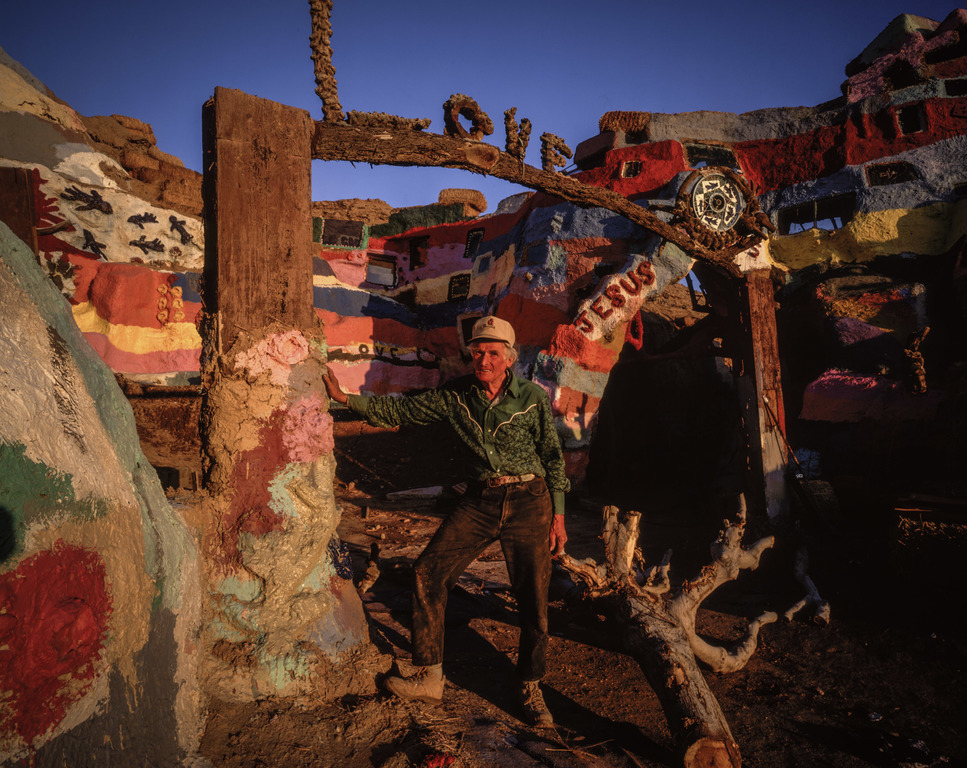
How I Got Started Writing About My Travels
I started Notes from the Road in 1999, this was right around the time the phrase ‘blog’ was invented, so Notes from the Road actually predates the concept of the travel blog. As a reader of travel literature, who saw the medium as high art, I believed that a web with faster site load times, better resolutions and larger screens would allow for a brave new world of travel literature. Rather than just text, the web would turn travel writing into something like an illuminated manuscript, rich in color, vibrant in its use of multimedia.
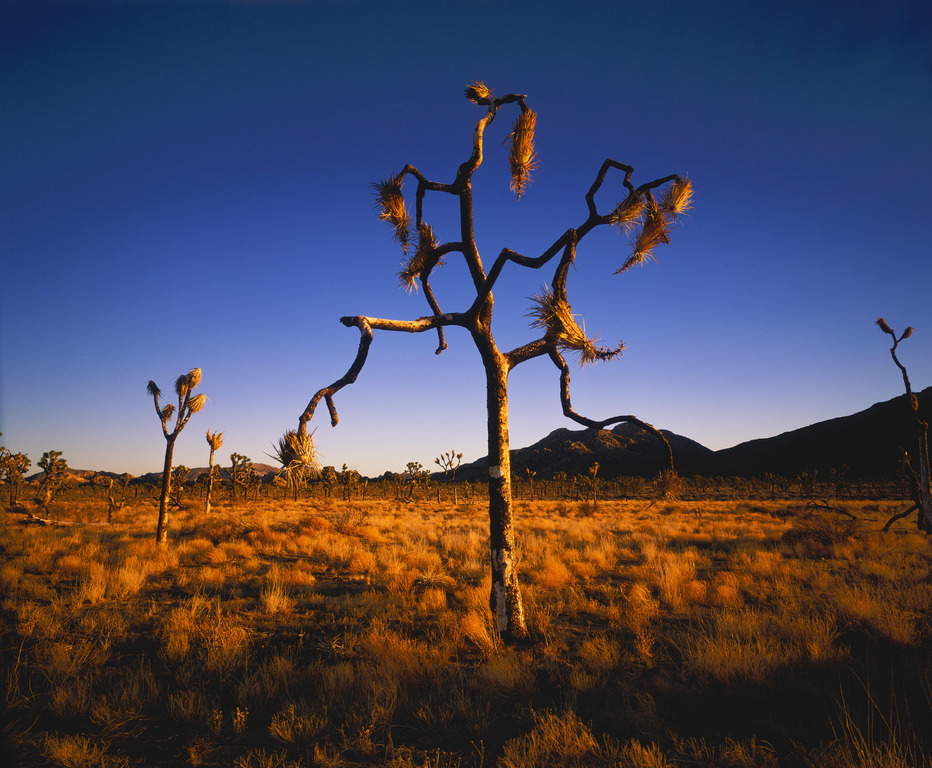
To me, a travel blog is different from a paid destination review blog, or a blog that is paid by the travel industry to favorably review certain destinations. The common thread of the entire point of a travelogue is that its value is derived from the subjective experience of its author.
I saw travel writing as perhaps the blank slate of non-fiction writing. A travel writer goes out into the world and they can use their pen, their paintbrush, their camera and their recordings to create just about any narrative of any subject on earth. The magic of a travel blog is that the author can lift up their readers by bringing them on a journey they didn’t expect.
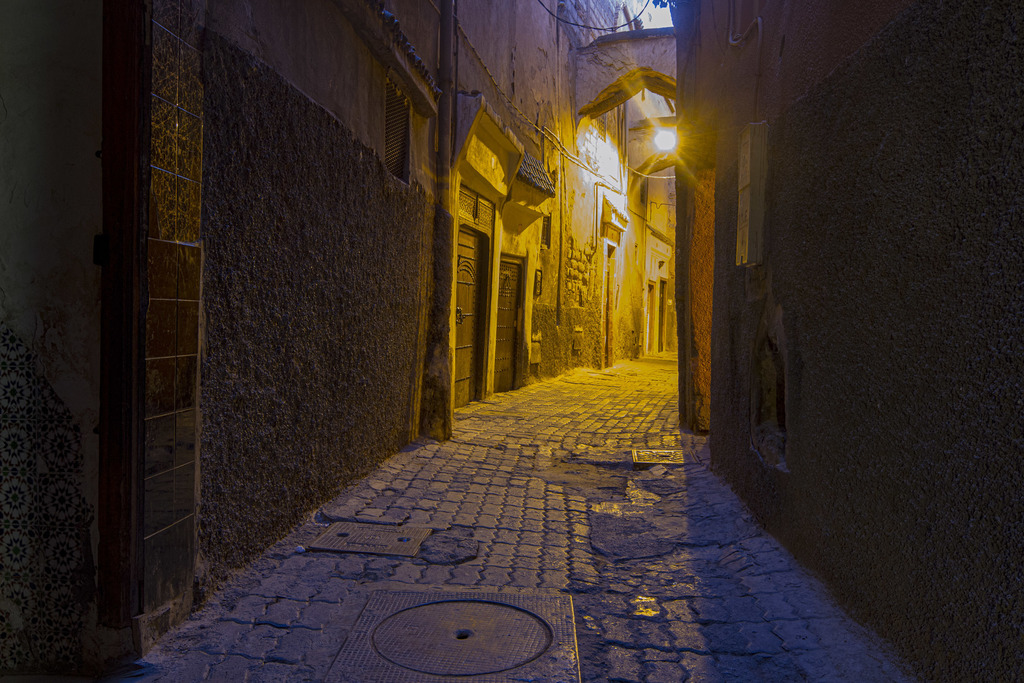
In the 23 years that I have been writing Notes from the Road, I have been able to interview scientists, hobos, boat captains, chefs and artists. I have veered into the world of marine conservation, where the travel writing has influenced legal precedent in Caribbean environmental battles. I have sketched 120 cactus species in the United States.
My goal with Notes from the Road has always been to take readers on an experimental travelogue journey with me, almost like an improvised jazz or jam song, and in that journey, to take them to a point where they’ve learned something with me about our world, maybe even something that raises their consciousness and inspires them.
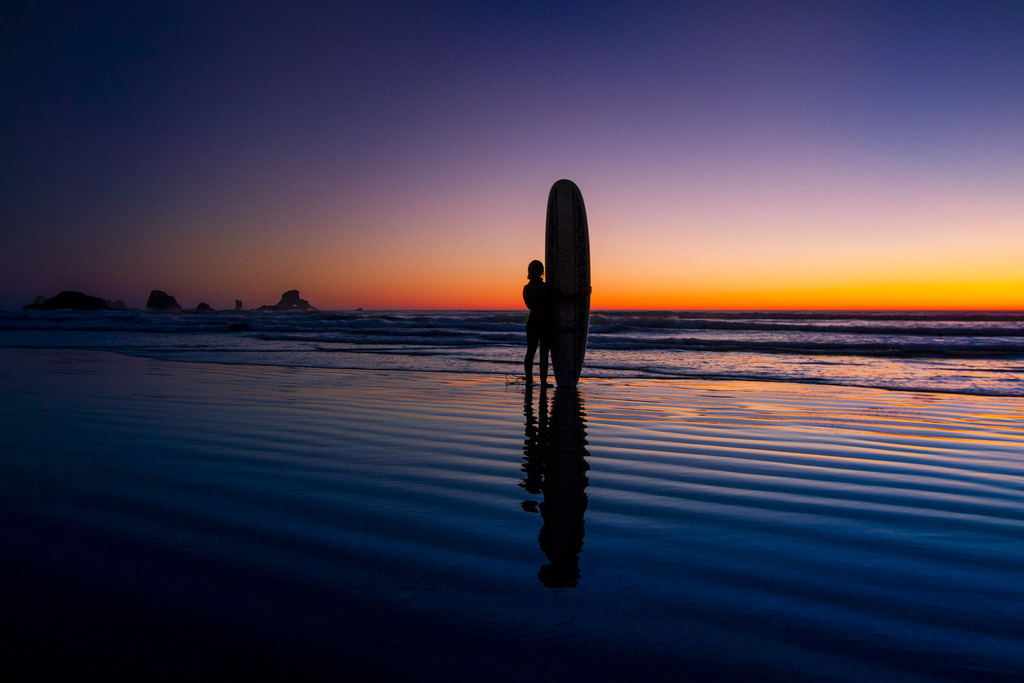
Tips For Becoming A Full-Time Traveller
I am self-employed and work from home; my income is directly related to the skillsets I learned from Notes from the Road. However, I actually prefer to work from my home office and to keep my travels free of work obligations. With that said, I have sustained self-employment and a life of constant traveling for over 20 years, balancing a family, regular travel and full self-employment.

If you want to keep in constant motion as a traveler, try mapping out a year of travel. Make a calendar, throw some ideas against that calendar, and make it realistic. Make the budget work, make the travel work with your commitments.
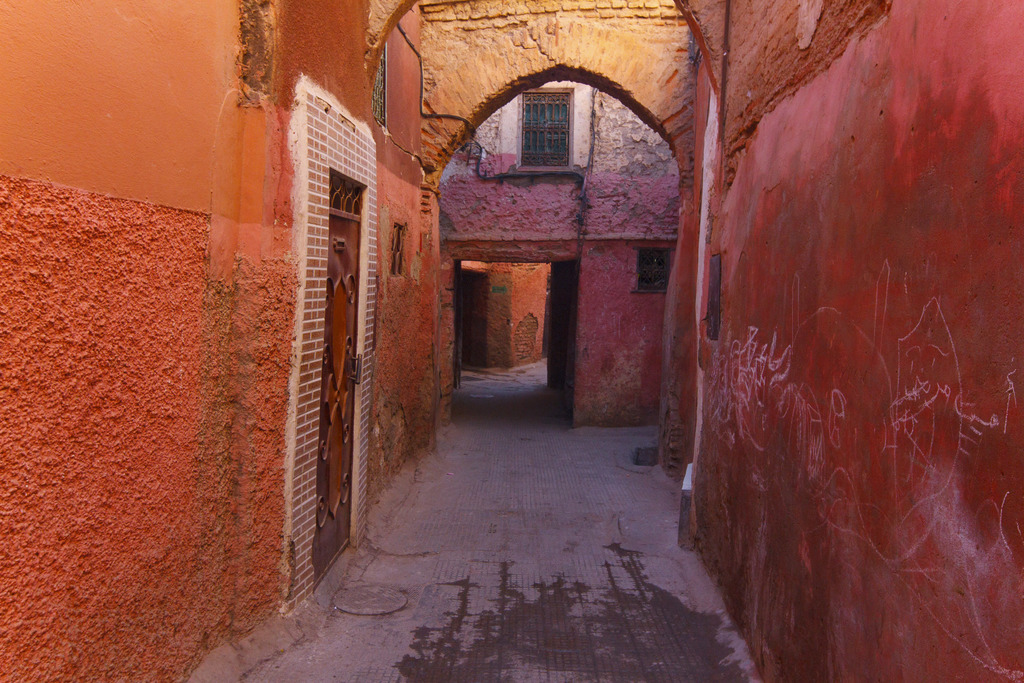
If you want to travel continuously, and work from the road, remember that this is no longer mysterious or daunting, because between home-share platforms and the way the pandemic has eased the requirements of in-office work, there is a realistic path to work and travel. If I were to travel and work continuously, foregoing a home base entirely, I would prefer longer durations between home share stays; creating a longer-term sense of home out on the road.
How I Broke My Ankle
The fall before the pandemic started, I was backpacking in the Gifford-Pinchot wilderness in Washington with two friends. In the evening, I walked down to the lake to fill up on water and change into warmer clothes, but while walking, I stepped into a quicksand-like mud, which locked my leg in place, and fell over myself, breaking my ankle socket, my tibia and fibula. Because the trail to the parking lot was three miles of mud and water, it would have been impossible for me to get out on my own. After trying to walk just a few feet, we realized I needed to be rescued. My backpacking friends began a rescue effort, and I was carried in a one-wheel sled down the mountain by a professional rescue team the next morning. It was a terrifying reminder that a life of travel presents real dangers, even to people like me who always assume we are placing safety first. I am now more of an advocate for trail and travel safety than ever before.

How I Budget My Travels
I think a lot of times, travelers focus on the wrong things when trying to save for travel. They focus on air miles, discounts and deals. In reality, the best way to save money on travel is to travel more locally. Most of my travel is by foot and car, sometimes with a tent. Many people I know will splurge on an expensive trip to a far-flung destination, and it’s so expensive that it eats up their entire travel budget for a year or two. On that budget, they could have a lot more travel time if they wandered closer to home.
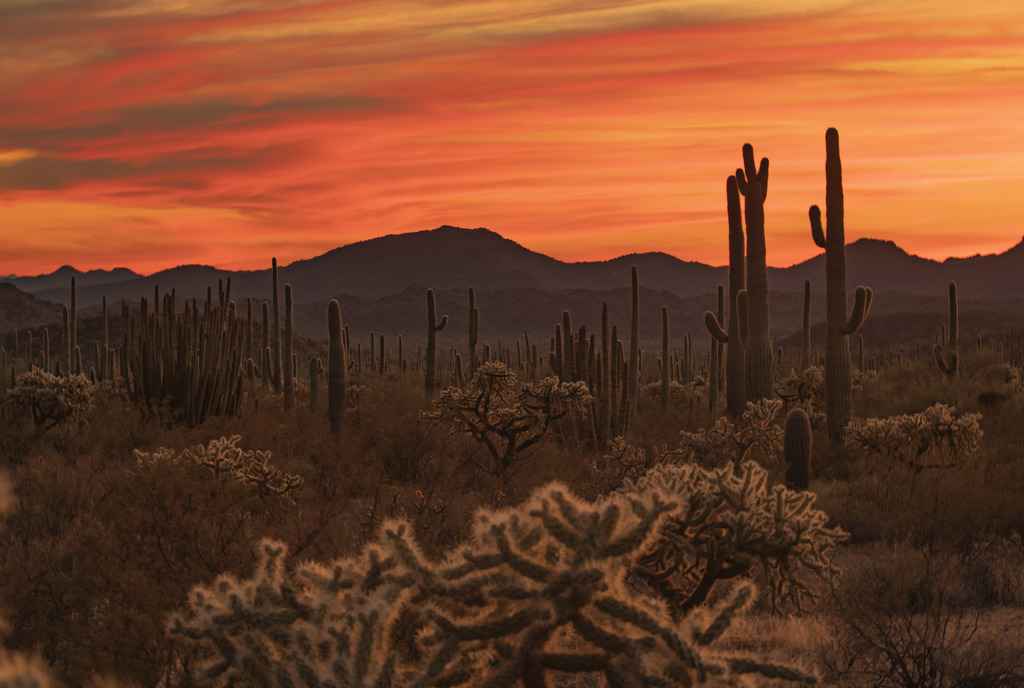
I am a big fan of online tools and online services to improve the travel experience. I am a true believer in the age of the digital traveler, and I believe that every year travel will be improved by more, and more specific, online travel tools. One has fundamentally changed travel more than any other, and that’s the Airbnb model of travel, in which you avoid the expense that comes with big hotels or expensive stays in key locations, for the simplicity of a local homeshare rental.
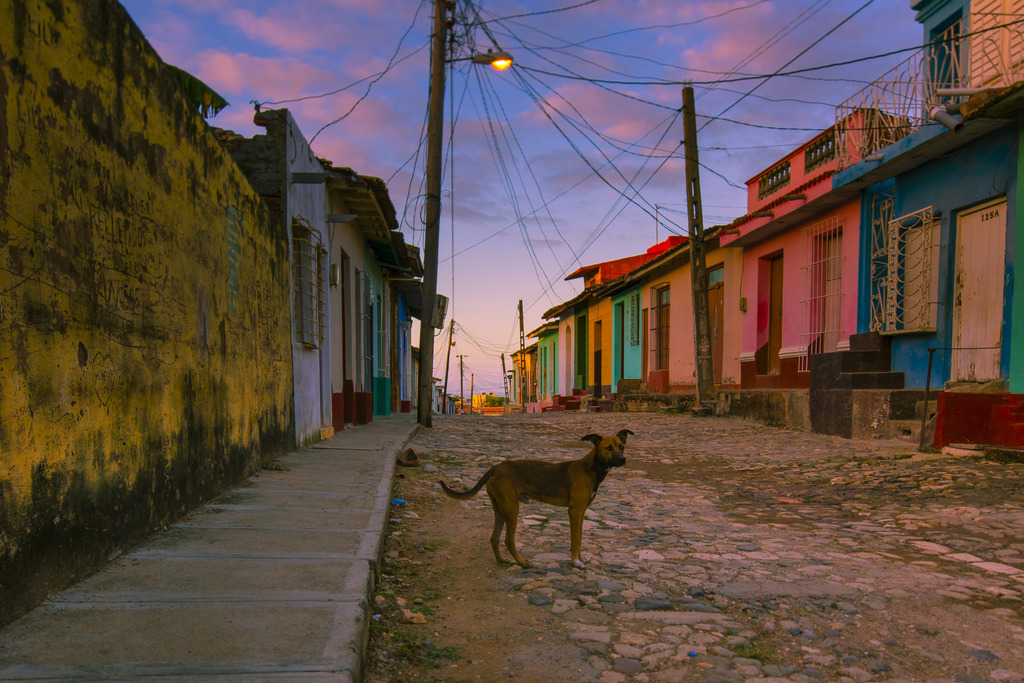
Often, home share rentals are so affordable that I am able to rent two at a time. When I travel with my wife and son, we will often rent one Airbnb for a week, and then a second one for two or three nights. We leave our luggage behind and ‘vacation’ to the second destination. This often ends up eliminating various logistical costs.
I Don't Have A Bucket-List Of Countries To Check Off
I don’t count countries, nor do I keep bucket lists, as both of these types of lists are antithetical to the best of travel. Visiting a new country is not a good measure for how much territory you’ve covered or how many new people you’ve met. To keep a bucket list is to identify something that you want to see or achieve in advance. I think that bucket list travelers are often unhappy, because they are simply ‘ticking-off’ a premeditated experience. Travel is much better when you keep goals at bay, and you let the improvisation of your travels surprise you. The best travel, for me, has always been the unexpected. True joy or true discovery in travel does not come with a pre-ordained destination. Your mood, the way the sun is shining that day, the chance encounter, that unusual flower or beetle or butterfly you came across—that is the magic well of travel.
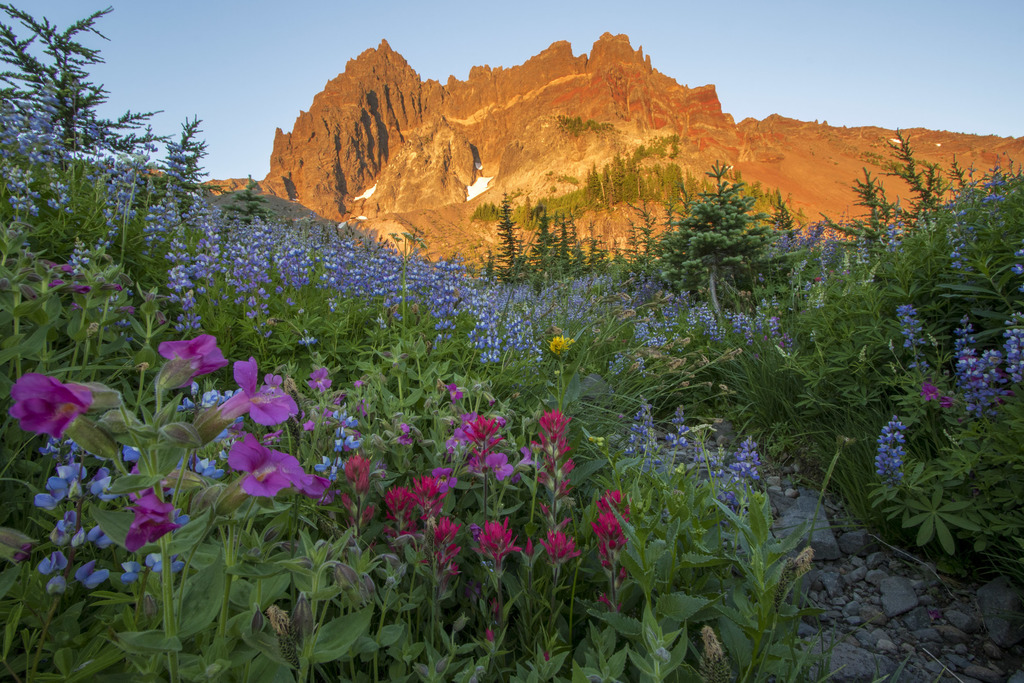
How I Manage Work And Travel
I keep work and travel completely separate. As I am self-employed, I keep my own schedule and, by communicating with my client-base, find pockets of time to travel and completely disconnect from the world of work. I think it’s a popular notion right now that travel blogging means working and traveling. I am not sure the lifestyle of the digital nomad creates true happiness.
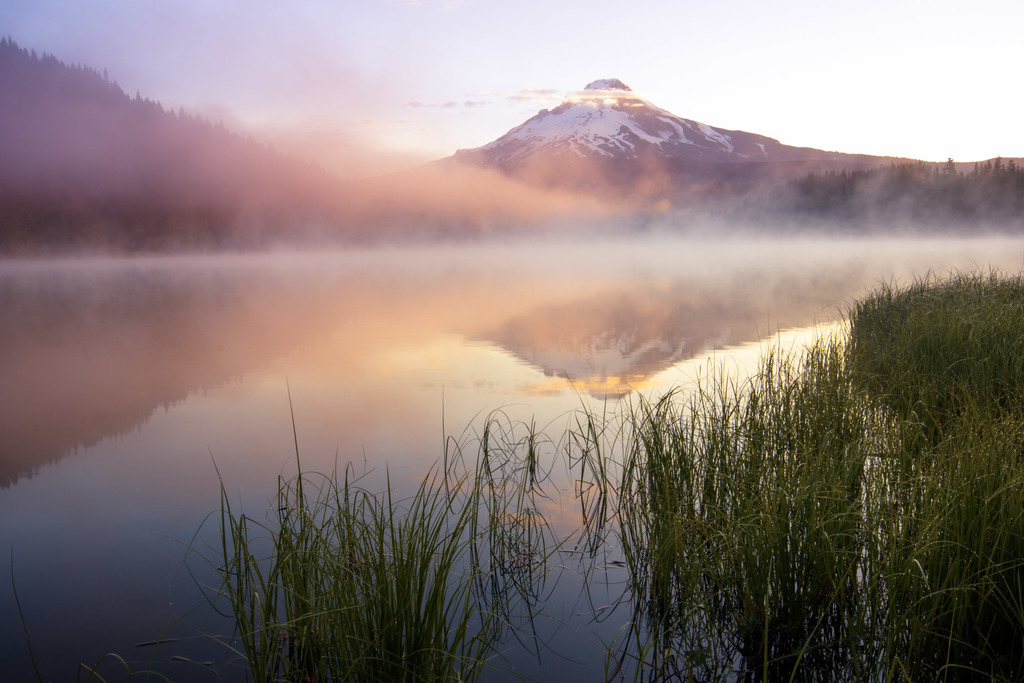
How I Think GAFFL Can Help Solo Travelers
Traveling with others opens up your possibilities with traveling. GAFFL plays a similar role to adventure travelers as sites like Birding Pal plays to traveling birders. As a birder, you need a local partner, you need someone with that special knowledge. Do you need to hire a guide? A few years ago, birder Noah Strycker traveled the world on a limited budget, seeing 6,042 bird species in a mad dash around the world. How did he do this? Using online tools to connect up with local birders and travelers who were thrilled to partner up with him. How many times do I wish I had a way to connect up with a fellow traveler! How many problems that would have solved, and how many doors that would have opened!
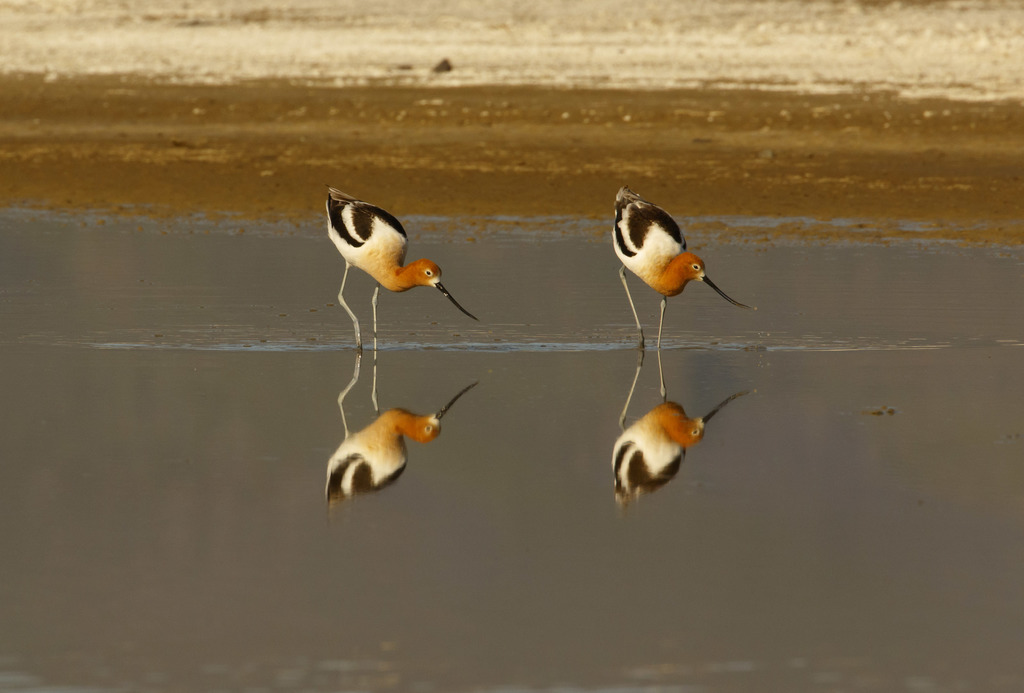
What I Wish I Had Known When I First Started Traveling
Travel for me has been a lifetime of mistakes! At first, I had no idea how to pack, and walked into the California desert carrying forty or fifty pounds of unnecessary equipment, causing heat exhaustion and a bloody nose. I once planned a trip to the Amazon, but didn’t realize my passport was expired.
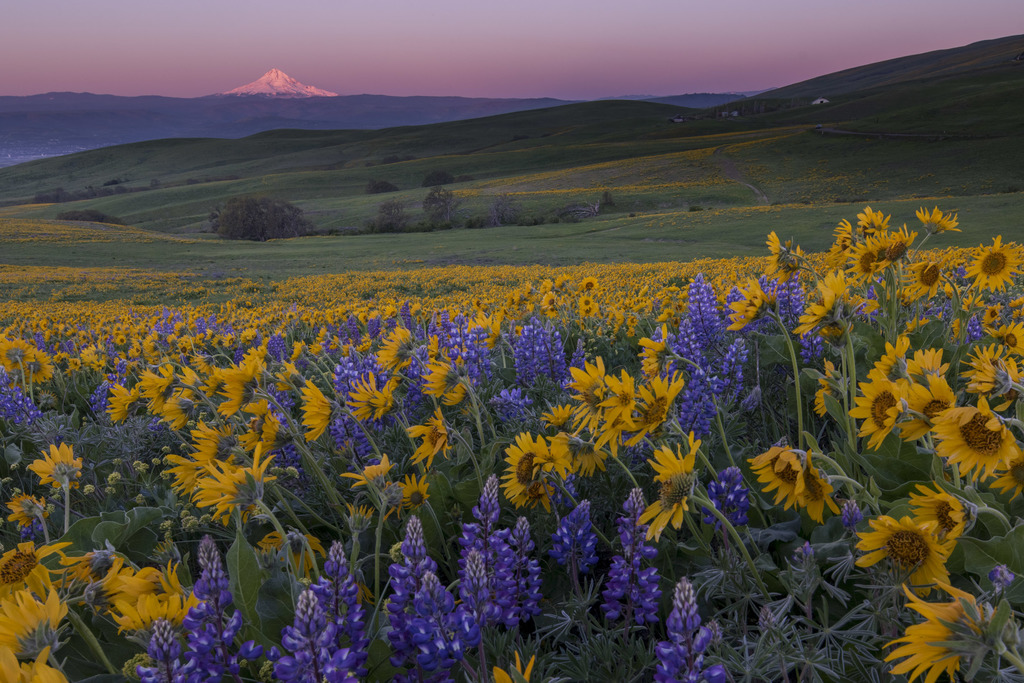
Here are some lessons I’ve learned along the way.
● Learn about and favor clothes that are multifunctional.
● A midlayer (like a Patagonia R1), an ultralight jacket, a hat, and light baselayers are all that is needed to cover changing temperatures in most situations.
● Learn how backpackers shave weight on every item, down to toiletry bags. ● Avoid complex itineraries and skip the desire to pepper a trip with plans and destinations. Visit one small region rather than many destinations.
● Learn how to wash clothes in a sink, and air dry them, and be able to keep up a habit of cleaning clothes as an alternative to an overpacked pack.
● Learn to keep a small cooler cold. Being able to make simple meals on the road frees up your schedule.
● Memorize the weight of every item you carry.
● As travel is filled with delays, red tape and maddening situations, learn this most wonderful asset - go into a state of zen patience when the worst befalls you, drive away anger and irritation by switching on a mental state of peace.
● Don’t seek out pre-ordained experiences. Look for the magic you weren’t expecting. ● Open yourself up to others on the road - hear their perspective, and ask them good questions!
